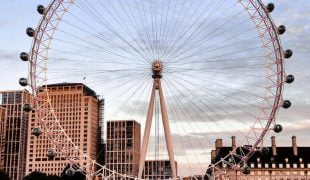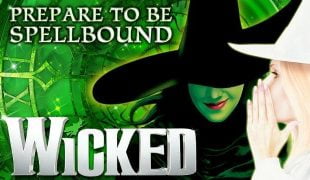Free London Galleries
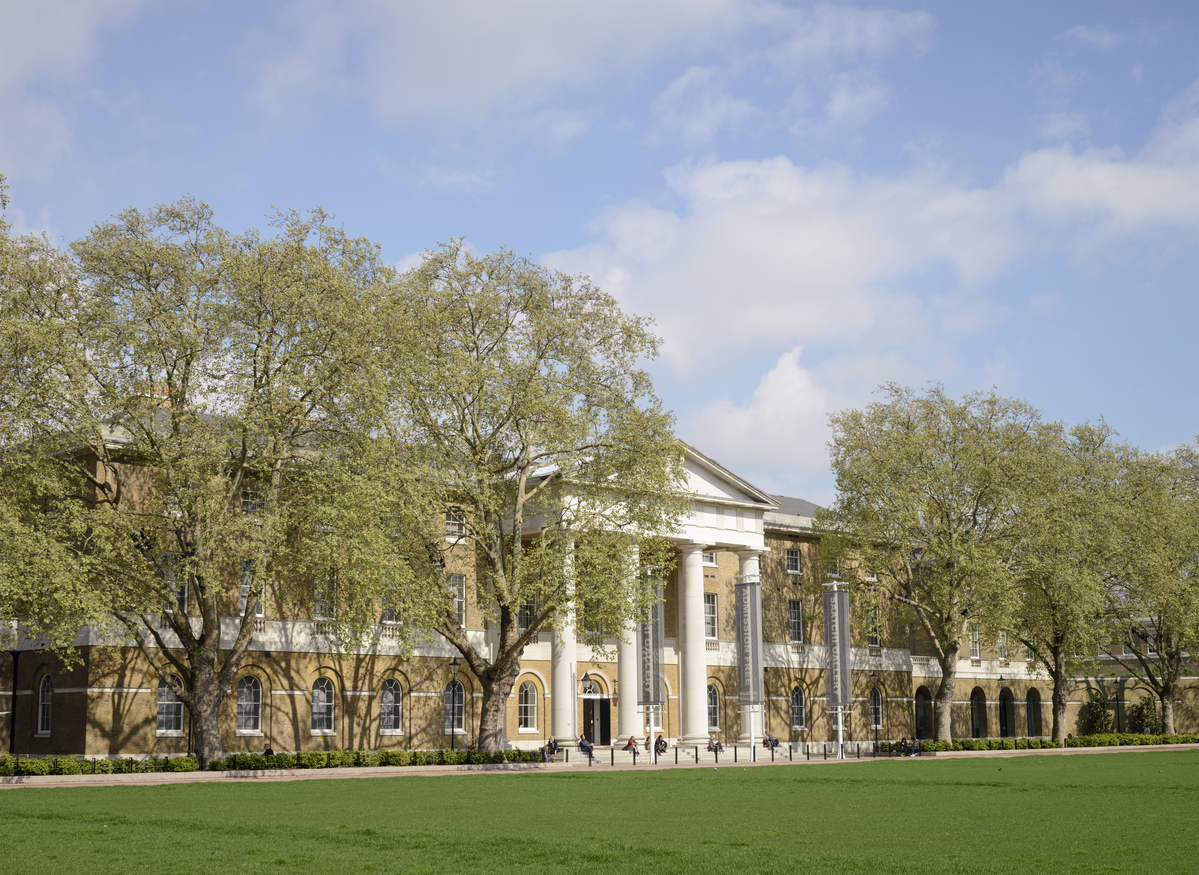
Almost all of the most extensive public galleries in London are free, so you can be sure that you’re still going for the quality option, regardless of how much it costs.
If you use your head and do a little pre-planning, you can benefit from the many free tours and guides available.
A few exhibitions and galleries charge an entrance fee, but there are many free ones to get through before you even have to consider paying.
The Saatchi Gallery
Officially reopened in October 2008, the Saatchi Gallery resides in the building formerly used as the Duke of York’s army barracks.
The massive 70,000 sq ft gallery is 30,000 sq ft bigger than the gallery’s County Hall venue.
The gallery is named after its proprietor and media mogul, Charles Saatchi, who entered the world of art in the mid-1990s.
The gallery became renowned for championing the cause of up-and-coming artists, such as Tracey Emin and Damien Hirst.
Whilst both are now considered household names in the art world, they began their journey here, and the Saatchi gallery, still to this day, has a dedicated area set aside for burgeoning young artists of today.
The Saatchi Gallery is also located in London. Here is the address:
Saatchi Gallery
Duke of York’s HQ
King’s Road
London
SW3 4RY
The gallery is in the Chelsea neighbourhood of London, specifically on the King’s Road near Sloane Square. It is well-connected by public transportation and is a popular destination for art enthusiasts.
Nearest Tube Station: Sloane Squar
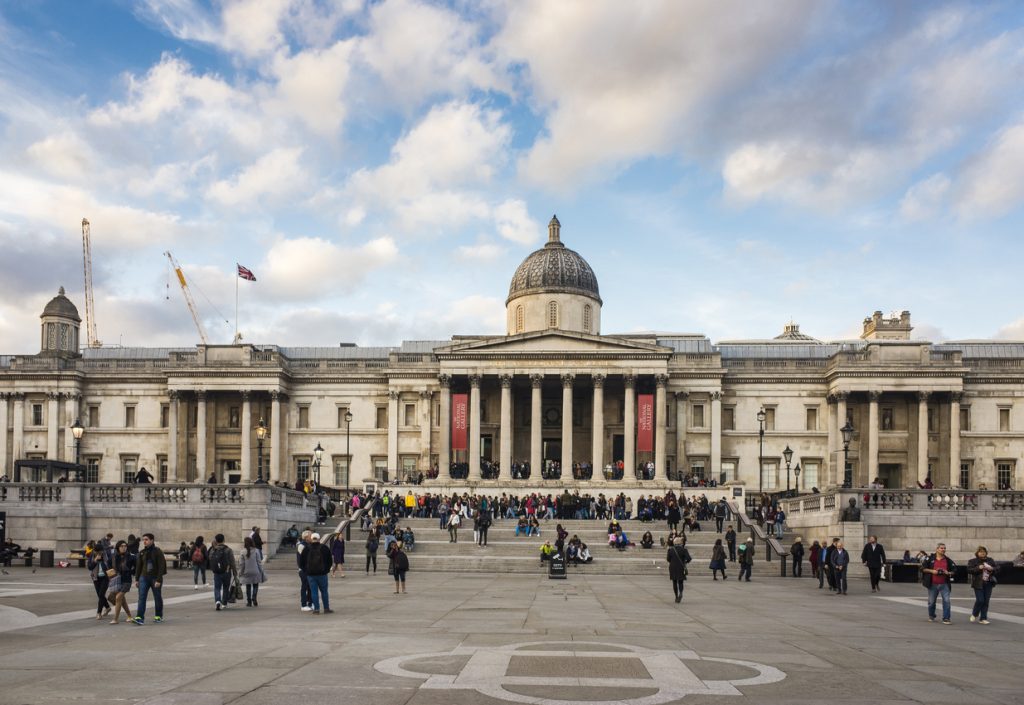
The National Gallery
Displaying works owned by the British public, this gallery is free to enter and located in Trafalgar Square, Westminster.
The National Gallery cuts a dominating figure over Trafalgar Square in London.
This gallery dominates the landscape not only in size but in world renown. I am displaying some of the finest pieces of art from Europe over the last 750 years.
This magnificent collection includes around 2,300 works of art, including John Constable’s ‘The Hay Wain’, Holbein’s ‘The Ambassadors’ and ‘Arnolfini’s Marriage’ by Jan Van Eyck.
Other famous artists’ work displayed include pieces by Rembrandt, Van Gogh, Botticelli and Monet.
If you are looking for an eclectic mix of styles and periods of art, then this gallery is the place to be.
From Post-Impressionist work to the Early Renaissance, a painting on display represents every central stage of the development of image as an art form.
The gallery was established in 1824 by Parliament, and as a publicly owned attraction, visitors are keenly encouraged to go and experience many significant works first-hand.
In keeping with this, the National Gallery runs regular free events, talks and tours and does not charge for entry. Everything is done to bring fine art to the masses.
Guided tours are held every weekend at 11.30 am and 2.30 pm, with additional terms held at 12.30 pm and 3.30 pm on Saturdays.
Lunchtime talks are also performed at 1 pm on Saturdays, and the visually impaired are catered for with ‘Art Through Words’ sessions at 11.30 am on the final Saturday of each month.
The National Gallery is located in London, United Kingdom. Here is the address:
National Gallery
Trafalgar Square
London
WC2N 5DN
The gallery is in the heart of London, near Trafalgar Square, and is easily accessible by public transportation.

The National Portrait Gallery
This gallery isn’t the destination of choice for seekers of severe works of art judged on artistic merit, as the overall purpose of the National Portrait Gallery is to portray the sitter, not the creator.
However, nowhere else would you be able to find Henry VIII, JK Rowling and the Beatles all under one roof?
Opened in the mid-19th century, this gallery has always aimed to commemorate all aspects of popular British culture from the present day, right back to the late 15th century, via portrait art.
The central theme of popular culture and the familiarity with all subjects displayed to the general public makes this such a popular attraction.
That’s not to say that there aren’t essential works of art at the National Portrait Gallery, as it features acclaimed self-portrait work from notable artists such as Sir Joshua Reynolds and William Hogarth amongst the 10,000 substantial portrait collections.
There’s a lot packed within its walls, from media barons to the showbiz glitterati.
This collection represents British culture and is arranged into different categories and themes, beginning with the Tudor period and continuing to the modern age.
Notable works to keep your eye out for include – Hans Holbein’s cartoon depiction of Henry VIII, the only existing portrait of William Shakespeare, and a sculpture of Queen Victoria with Prince Albert adorned in medieval costume.
Featuring over 250,000 images, photographs, drawings, caricatures and sculptures, the National Portrait Gallery is the venue for the yearly ‘Portrait Prize competition and continues to be the best place to view contemporary art.
The National Portrait Gallery is also located in London. Here is the address:
National Portrait Gallery
St Martin’s Place
London
WC2H 0HE
The gallery is near Trafalgar Square and is easily accessible by public transportation. It is located on St Martin’s Place, just off Charing Cross Road. The National Portrait Gallery houses a collection of portraits of historically significant individuals from the United Kingdom.
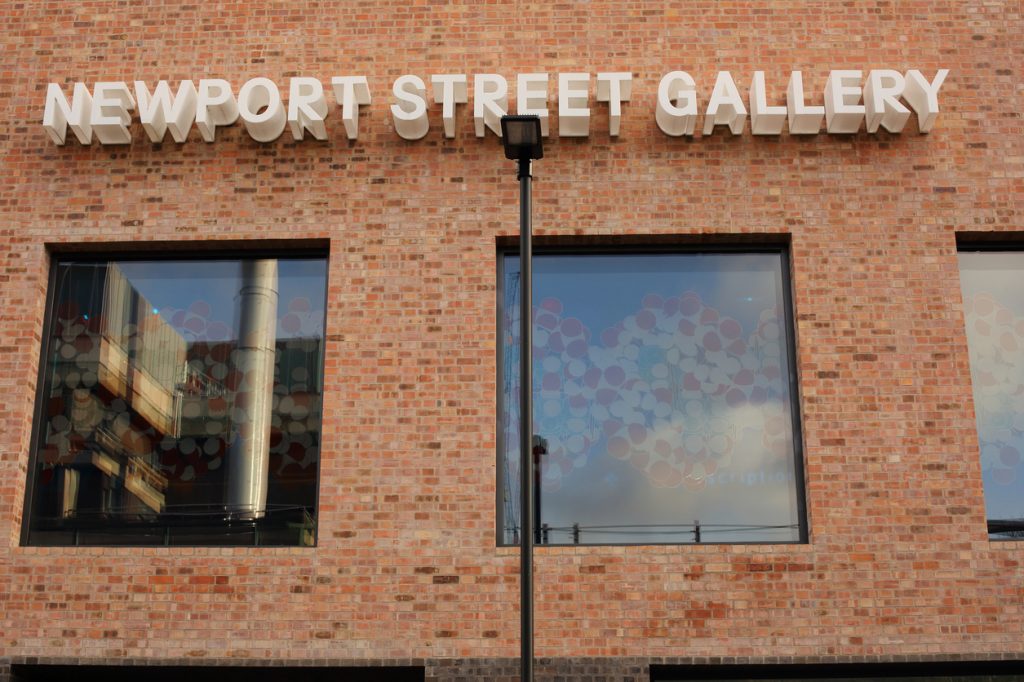
Newport Street Gallery
Owned by acclaimed artist Damien Hirst, this Gallery was built with one single purpose, to provide a home for his collection of more than 2,000 works of art that were previously held in storage.
The huge Gallery consists of 3 listed buildings and two new buildings that take up the entire length of Vauxhall Street.
The complex was designed and created by Caruso St John Architects, who were also responsible for the £45m renovation of Tate Britain back in 2013.
Also included in the gallery are works by Jeff Koons, Francis Bacon, Banksy and Sarah Lucas. Damien Hirst once called it “My Saatchi Gallery” and he was delighted that this amazing collection is now longer hidden away in crates.
The Newport Street Gallery is located in London. Here is the address:
Newport Street Gallery
Newport Street
London
SE11 6AJ
The gallery is situated in the Lambeth neighbourhood of London, near Vauxhall. It is easily accessible by public transportation and is known for showcasing contemporary art exhibitions.
Nearest Tube Station: Lambeth North

The Photographer’s Gallery
The premier venue for the leading works in British contemporary photography, since moving there from Great Newport Street in 2012, was redesigned and renovated by O’Donnell and Tuomey, two prominent Irish architects.
The new location on Ramilies Street, Soho, features a three-storey gallery, a studio floor, a bookshop, a cafe and a print sales area.
Most importantly, it offers free events and exhibitions throughout the year.
On the ground floor, the building is adorned by a glass wall adjoining the cafe and outside photographic display space.
At the top of the building, fantastic views of the Oxford Street skyline are to be had through its large windows, and it is a wonderfully rewarding and established gallery to visit.
Anyone with even a passing interest in photography can’t help but be transfixed by the displayed work, one of which has been awarded the ‘Deutsche Borse Prize’ by the gallery itself.
The Photographer’s Gallery is located in London. Here is the address:
The Photographer’s Gallery
16-18 Ramillies Street
London
W1F 7LW
The gallery is in the Soho neighbourhood of London, near Oxford Circus. It is easily accessible by public transportation and is dedicated to the exhibition and exploration of photography as an art form.
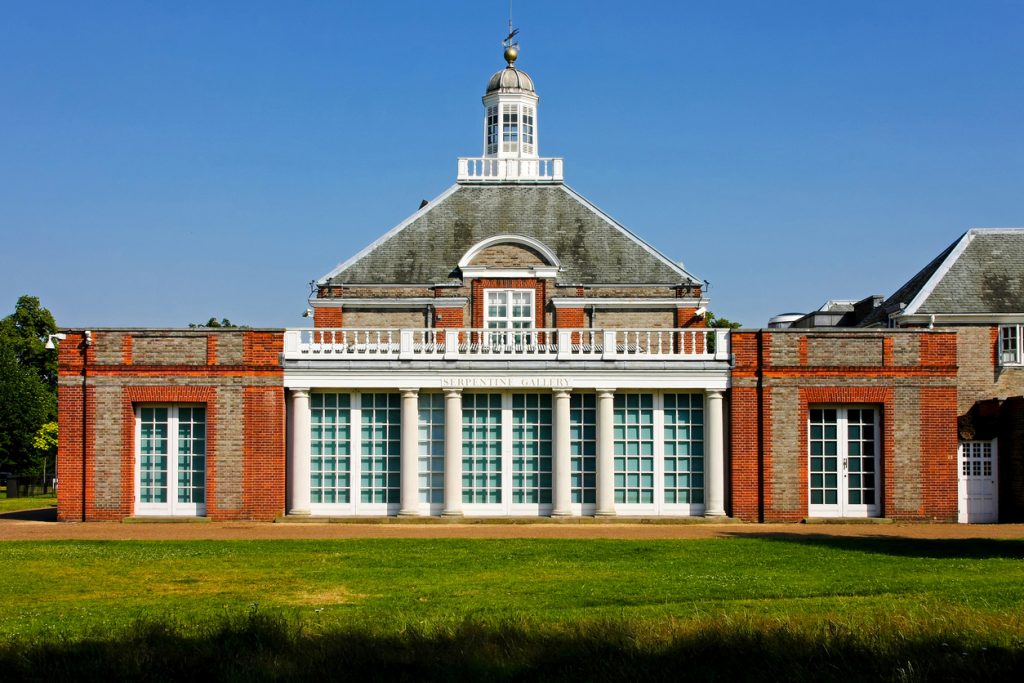
The Serpentine Gallery
This gallery forms the platform for the best in contemporary art in Britain and abroad and features an ever-changing exhibit.
Permanent work in place consists of a tree plaque, eight benches and a carved circle of stone by Ian Hamilton Finlay dedicated to the memory of Former Patron Lady Diana Spencer, Princess of Wales.
The venue is used for a yearly summer party, an occasion on the London party circuit frequented by models, celebrities and fashionistas.
However, from an artistic standpoint, more important than this is the Summer Pavilion, which requires a notable architect to build a temporary structure next to the gallery for the summer period and is said by many to be the most exciting part of what the Serpentine Gallery has to offer.
The Serpentine Gallery is located in London. Here is the address:
Serpentine Gallery
Kensington Gardens
London
W2 3XA
The gallery is situated in the Kensington Gardens, near the Serpentine Lake. It is easily accessible by public transportation and is known for its contemporary art exhibitions and events. The Serpentine Gallery is a prominent cultural institution in London.
Nearest Tube Station: Lancaster Gate

The Tate Britain
Sitting on the banks of the Thames, the Tate Britain gallery was created by sugar mogul and philanthropist Sir Henry Tate.
The Tate is the fourth gallery of its kind in the UK, including the Tate Modern, also located in England’s capital city.
The venue is home to the most extensive collection of British art and covers 600 years from the turn of the 16th century to the modern day.
Since opening in 1897, the collection has grown to include works by Rossetti, Spencer, Stubbs and Blake.
It also provides the venue for the Turner Prize award, the highest accolade in contemporary art.
The Tate Britain is located in London. Here is the address:
Tate Britain
Millbank
London
SW1P 4RG
The gallery is situated on the banks of the River Thames, near Westminster. It is easily accessible by public transportation, with the nearest tube station Pimlico. Tate Britain is known for its extensive collection of British art from the 16th century to the present, including works by renowned artists such as J.M.W. Turner and William Blake.

The Tate Modern
The home of the Tate Modern is the former site of Bankside Power station and is now home to art from 1900 through to the present day.
Sitting on the banks of the Thames, the gallery was opened to much fanfare in 2000 and has since been visited by millions of people worldwide.
If you haven’t been before, you should approach the gallery from Blackfriars and cross the ‘Blade of Light’ bridge.
Then, with St Paul’s Cathedral behind you, you will close Turbine Hall’s intimidating doors and be presented with a fantastic modern masterpiece.
Sculptures and temporary ‘installations’ can be seen here, some of which are on a grand scale.
The gallery covers three floors, and its most notable architectural feature is a magnificent two-storey glass roof offering beautiful views of London.
Far from being a gallery for the adult connoisseur, it is one of the small numbers of galleries that can be enjoyed by children and teenagers alike.
Notable artists in the Tate Modern include Matisse, Picasso, Salvador Dali and Moore. It is arguably the most famous art gallery Europe has to offer.
The Tate Modern is located in London, United Kingdom. Here is the address:
Tate Modern
Bankside
London
SE1 9TG
The gallery is situated on the South Bank of the River Thames, near Blackfriars Bridge. It is easily accessible by public transportation, with the nearest tube station being Southwark. The Tate Modern is one of the world’s largest modern and contemporary art museums, featuring works by artists such as Pablo Picasso, Andy Warhol, and Salvador Dalí.
Nearest Tube Station: Blackfriars

Tate Modern: The Tanks
A visually striking addendum to the Tate Modern, which features an open-air viewing platform and underground chambers.
Opened in 2012 to tie in with the 2012 Olympics, it utilises old underground storage tanks to display installations, audio works and performance art.
Costing over £200m to create, the rooms still carry the smell of the oil and industrial liquids they used to contain.
However, inside, you’ll find many works of art, a restaurant, a cafe and a room dedicated to the results of Louise Bourgeois.
The best feature of the Tanks is its open-air viewing gantry offering a fantastic view of the Thames and St Paul’s Cathedral.
The Tanks at Tate Modern are dedicated live art, performance, installation, and film space. Here is the address for The Tanks:
The Tanks at Tate Modern
Bankside
London
SE1 9TG
The Tanks are located within the Tate Modern complex, on the South Bank of the River Thames, near Blackfriars Bridge. When visiting the Tate Modern, you can explore this unique space that hosts a variety of contemporary art forms and experimental exhibitions.
The Wallace Collection
Free talks, tours and workshops are available at Hertford House, the former family home of Sir Richard Wallace and The Marquess of Hertford.
Oriental and European works of great variety and style adorn the residence. Sculptures, miniatures and furniture from the 1700s can all be witnessed with a visit to this gallery.
The fantastic collection, which also features Sevres and Meissen porcelain, is the biggest held by a single family.
The collection as created, as the name would suggest, by Sir Richard Wallace, the illegitimate child of the 4th Marquess of Hertford.
Sir Wallace inherited a much smaller collection from his father and was built up to include major works of art by Reynolds, Rubens, Gainsborough, Romney, Titian and Van Dyck.
A collection to rival any gallery in London.
Regular tours of the Wallace collection are available 7 days a week.
The Wallace Collection is located in London. Here is the address:
The Wallace Collection
Hertford House
Manchester Square
London
W1U 3BN
The collection is housed in Hertford House, situated in the elegant neighbourhood of Manchester Square in central London. It is easily accessible by public transportation, with the nearest tube stations being Bond Street and Baker Street. The Wallace Collection showcases an extensive fine art collection, including paintings, sculptures, furniture, and decorative arts from the 15th to the 19th centuries.
Nearest Tube Station: Bond Street

The White Cube, Bermondsey
The most extensive European commercial gallery consists of a vast 58,000 sq ft building on Bermondsey Street.
Formerly used as a warehouse in the 1970s, it is also the biggest of the Jopling ‘White Cube’ galleries.
Opened in 2011, the gallery is well-known and often used by the world’s most notable and riches purveyors of art.
Casper Kneer Architects created three large exhibition areas, private rooms for viewing, a bookshop and an auditorium.
The White Cube offers constantly changing exhibits, displaying the best in contemporary art.
They also provide an educational program, lectures and artists’ films.
The White Cube Gallery in Bermondsey is located in London. Here is the address:
White Cube Bermondsey
144-152 Bermondsey Street
London
SE1 3TQ
The gallery is situated on Bermondsey Street in the borough of Southwark. It is easily accessible by public transportation, with the nearest tube stations being London Bridge and Borough. White Cube Bermondsey is known for hosting contemporary art exhibitions and represents various internationally acclaimed artists.
Nearest Tube Station: London Bridge
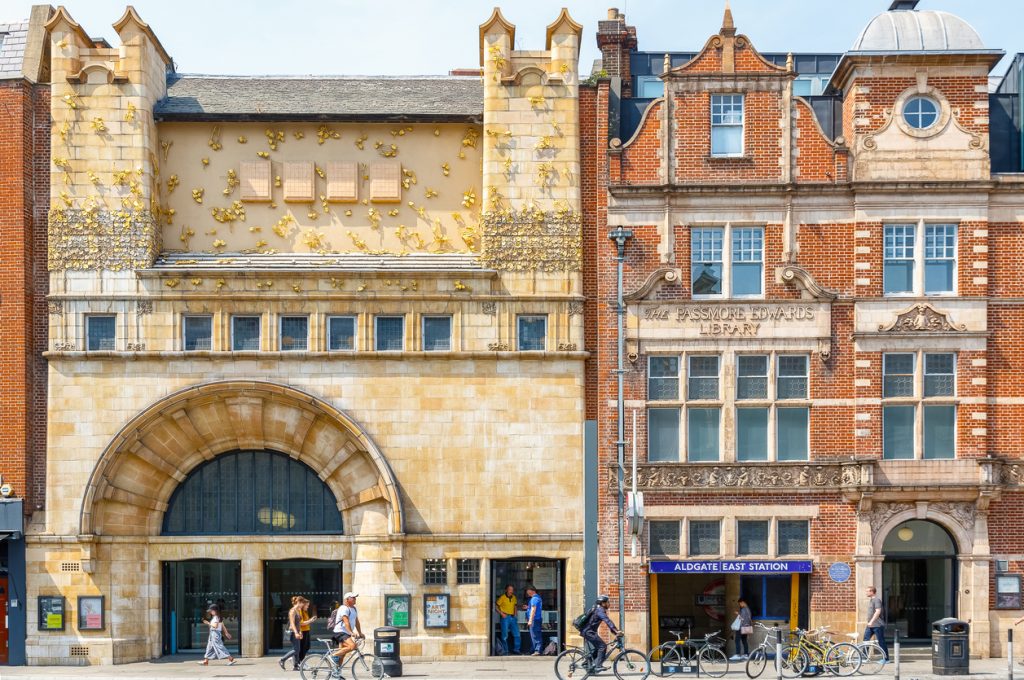
The Whitechapel Gallery
This is Britain’s first purpose-built art gallery and was created in the inimitable style of Charles Harrison Townsend, a famous 19th-century architect.
The building is renowned for its light and spacious interior and was doubled in size when refurbished in early 2009.
Whilst there isn’t a permanent collection in place, it doesn’t need to, as it displays an ever-evolving body of work that is always an incredible spectacle.
In addition, there are retrospective displays and community projects as part of the more excellent exhibition. For example, Jackson Pollock exhibited his work in the 1950s, and ‘Guernica’ by Picasso was also featured in 1938.
A venue for the very finest in the world of art.
The Whitechapel Gallery is located in London. Here is the address:
Whitechapel Gallery
77-82 Whitechapel High St
London
E1 7QX
The gallery is in the Whitechapel area of London, near Aldgate East. It is easily accessible by public transportation, with the nearest tube station being Aldgate East. The Whitechapel Gallery is known for its contemporary and modern art exhibitions and its commitment to showcasing emerging artists and promoting public engagement with art.
Nearest Tube Station: Aldgate East
Guoman Hotels in London
An exclusive collection of four and five-star hotels in London, nestled in some of the city’s most stellar locations.
Great Cumberland Place, The Royal Horseguards Hotel, and The Tower Hotel.
Each has its own character, identity and style – from exquisite elegance at the Royal Horseguards, to contemporary comfort at Great Cumberland Place.


